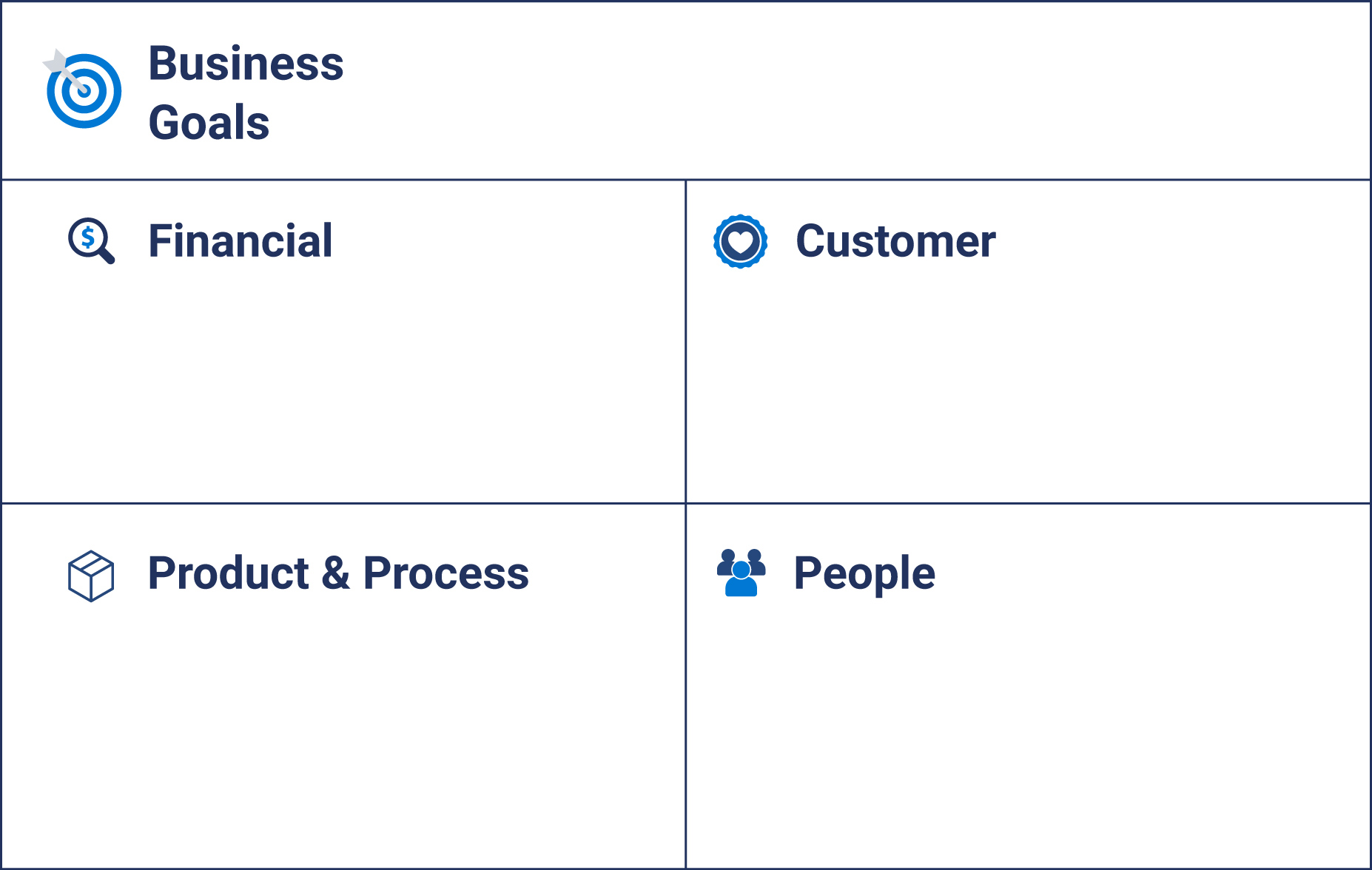Common pitfalls in buying a telematics solution for light-duty fleets
Learn about some key requirements you should be prioritizing while searching for a telematics partner.

By Onur Aksan
Aug 3, 2023

Adopting new technologies in your business can be hard. McKinsey says that less than 30 percent of companies are successful in implementing new technologies – and that’s just the ones who operate in the digital sphere, like media or telecom.
In more traditional industries, including oil and gas, automotive and pharmaceuticals, adoption rate usually falls within four to 11 percent. With odds like those, it becomes crucial to select telematics technology that fits your business to a tee and will offer you the best return on investment. But, how can we predict what will work and what won’t?
We’ve outlined some common pitfalls that light-duty fleets experience when adopting new telematics solutions or switching telematics providers. Let’s discuss how you can get the most out of your search for a telematics partner.
1. Inadequate support
Prioritize finding a telematics partner that will be available to support your team whenever you need. Support is a large part of getting your telematics solution implemented and off the ground. From drivers to fleet managers, the training and knowledge transfer needed touches every part of your fleet. Investing in a solution without adequate training can lead to underutilization and frustration among users. Having someone from your telematics provider’s team to provide you with proactive support, help guide you through troubleshooting issues, set up custom rules or dashboards, or simply answer a simple question here and there, will ensure that you’re set up for success.
Additionally, look for a service provider that will go the extra mile to come up with a solution for your problems. Don’t be afraid to ask potential solutions how they would handle a situation where the answer to your question wasn’t clear-cut, or ask others in your industry for feedback about the support they get from their provider.
2. Lengthy stakeholder buy-in
Your telematics software will likely have an impact on a lot of departments within your company – business intelligence, finance, operations, just to name a few. With so much feedback to consider, it can feel like a “too many cooks in the kitchen” situation. Whose requirements matter the most? Who gets final say? What is the veto criteria?
We suggest taking a scorecard approach to collect as much information from each department as possible. What are the telematics goals that affect every department? Identify these areas – safety, productivity, maintenance, operations – and have your stakeholders score your prospective telematics solutions in each area. This is a great way to make sure that every department’s voice is heard and everyone is getting a solution that will benefit them, lowering the possibility of having to backtrack on your solution in a couple of months when one of your departments isn’t able to utilize it based on their needs.
Involving key stakeholders early in the process is crucial. Conducting pilot projects or trials with a limited scope can be beneficial, such as focusing on a specific department or a small number of vehicles. Demonstrating how the technology aligns with the organization's long-term goals and establishing open communication channels with all stakeholders can foster support and facilitate successful adoption.

3. No scalability
If your solution can’t grow with you, you will outgrow your solution. Growth is a great long-term goal for fleets to work towards, but you need to ensure that the telematics solution you choose is going to be able to aid in that growth. Every fleet is going to have a different vision of their growth. It could include:
- Adding more vehicles to the fleet
- Moving towards EVs or adding more to the fleet
- Automating manual tasks
- Increasing driving radius to include more clients
- Operating out of multiple facilities
As the fleet grows or requirements change, the telematics system should be able to accommodate the increasing number of vehicles and the data points. Choosing a scalable solution prevents the need for frequent replacements and upgrades.
Choose a telematics solution that is on-board with your three-, five- or 10-year plan and can help guide you towards success.
4. Poor reliability
Just as you would do with any big purchase, whether for your business or in your personal life, it’s important to take the reliability of your investment into account. You need to make sure that your telematics partner is willing to prioritize your business when you need their support and guidance.
It’s okay to ask potential telematics solutions what their failure rate is, the downtime they’ve experienced in the past year and how they work to rectify situations where their clients might be left in the dark. They should be offering to follow you through the integration process, or setting up regular touchpoints where you can discuss any issues with the adoption. Asking if they re-invest in research and development is also a great way to discover whether they are continually improving their offerings to address the needs of their clients and make themselves more reliable.
Remember, reliability directly impacts the effectiveness and efficiency of the entire fleet management process. It underpins the success of fleet management operations by impacting safety and compliance, and ensures the longevity of the investment. A dependable telematics solution helps fleet managers make data-driven decisions, streamline operations and achieve overall efficiency and productivity for their light-duty fleets.
5. Lacking innovation
It is crucial that your telematics solution prioritizes innovation. Having a telematics partner that follows and sets industry trends, listens to their clients and comes up with inventive solutions puts you and your fleet at a competitive advantage. Ask potential vendors what their product roadmap looks like for the near future and how they take client feedback into consideration.
Lacking innovation can hinder the fleet’s ability to take advantage of new technologies and features. Ensure that the solution you are looking for is not outdated and that it offers modern and innovative features that align with your fleet’s current and future needs. Make sure it is capable of integrating and accommodating new industry regulations, so that you are not at disadvantage and flexible enough to make the customizations needed, so that your specific needs and workflows of your light-duty fleet are met. One-size-fits-all approach may not provide the efficiency and competitiveness in this evolving landscape.
Last - but not least - other key requirements you should be considering when choosing the right telematics partner for your fleet include prioritizing the user-friendliness of the system for your users/drivers (avoid resistance from users, leading to underutilization of the system’s capabilities), considering integration with existing systems (it should seamlessly integrate with other systems such as dispatch, maintenance and fuel tracking), ensuring security and privacy measures are in place (safeguard data from unauthorized access and breaches, stay compliant with data privacy regulations and avoid legal issues) and ability to monitor your all your other assets under one platform (off-road equipment, high- value assets, non-powered equipment, mobile workforce etc.).
By understanding and avoiding the common pitfalls, and diligently researching your options, you hold the power to make a practical and well-informed decision. The telematics system you choose will be the cornerstone of improved efficiency, enhanced safety, and significant cost savings, therefore, positioning your fleet for success.
We hope this information will guide you as you make the crucial decision for your fleet’s future. Empower your fleet with the right telematics solution, and let success be the natural outcome of your well-informed choices!
Learn more about how to buy a telematics solution
If you’re interested in learning more about how to buy a comprehensive telematics solution that is perfect for your light-duty fleet, download our free ebook. Included you’ll find tips and tricks on how to define your telematics goals, what kind of data points to look for and a comprehensive checklist to help you during your buying journey.
Subscribe to get industry tips and insights

Onur Aksan is a Partner Account Manager for Geotab
Table of Contents
Subscribe to get industry tips and insights
Related posts

Creating a fleet safety culture that’s built to last: Lessons from Missouri DOT and NYC
July 7, 2025
8 minute read


Field service is losing money to bad data: Go beyond GPS with smarter telematics
June 27, 2025
3 minute read


Enhancing winter road maintenance with postseason materials usage analyses
June 20, 2025
6 minute read

Building a self-sustaining school bus driver safety program with Geotab Vitality
June 13, 2025
7 minute read